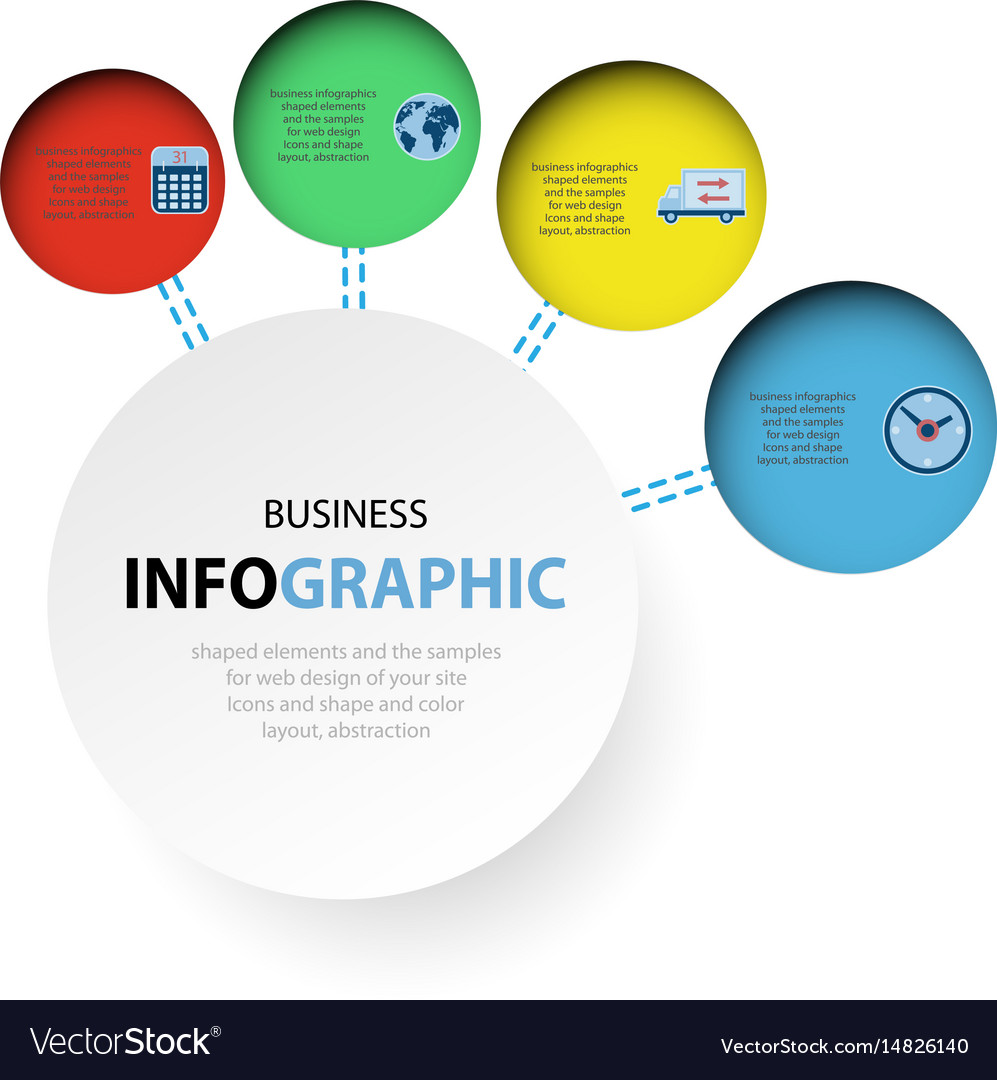Keen To Uncover Just How Website Design Has Transformed Gradually? Study The Evolution From Simpleness To User-Focused Experiences
Keen To Uncover Just How Website Design Has Transformed Gradually? Study The Evolution From Simpleness To User-Focused Experiences
Blog Article
Written By-Thorsen Lunde
In the past, web sites were straightforward and focused on information. Way was direct, and layout was for desktops. Currently, user experience is key. Data guides designs for very easy navigating. Responsive formats match different devices. Today, dark mode decreases pressure, and minimalist food selections boost navigating. Interactive features involve individuals, and bold visuals attract attention. AI assimilation enhances interaction. See exactly how style has actually advanced to enhance your on-line trip.
Very Early Days of Website Design
In the early days of web design, simpleness preponderated. Web sites were basic, with minimal shades, typefaces, and formats. The emphasis was on supplying details rather than showy visuals. Individuals accessed the internet with slow dial-up connections, so speed and capability were key.
Navigating menus were straightforward, commonly situated at the top or side of the page. Internet sites were created for computer, as mobile surfing wasn't yet widespread. Web content was king, and designers prioritized very easy readability over intricate layout components.
HTML was the primary coding language used, and designers had to work within its constraints. Animations and interactive features were very little compared to today's standards. Internet sites were static, with little vibrant material or personalized customer experiences.
Surge of User-Focused Design
With the development of internet site design, a change in the direction of user-focused layout concepts has actually ended up being significantly noticeable. Today, developing websites that prioritize individual experience is essential for involving site visitors and attaining organization objectives. User-focused layout involves understanding the demands, choices, and behaviors of your target audience to customize the website's format, content, and features appropriately.
https://www.google.com/maps/place/Moon+and+Owl+Marketing/@32.9757271,-106.5344695,1840583m/data=!3m1!1e3!4m6!3m5!1s0x864ddeaa4179705b:0x488d41d2cc6b9750!8m2!3d32.9757271!4d-97.5696258!16s%2Fg%2F11b6mpccrg?entry=ttu&g_ep=EgoyMDI1MDIxMS4wIKXMDSoJLDEwMjExNDUzSAFQAw%3D%3D conduct thorough research study, such as customer studies and functionality testing, to gather insights and comments directly from customers. This data-driven strategy assists in producing instinctive navigating, clear calls-to-action, and visually appealing user interfaces that reverberate with visitors. By placing the user at the center of the design procedure, internet sites can provide an extra individualized and pleasurable experience.
Responsive layout has additionally become a vital aspect of user-focused layout, making certain that websites are enhanced for various tools and display sizes. This adaptability boosts availability and use, satisfying the varied ways customers connect with websites today. In essence, the increase of user-focused layout signifies a change in the direction of creating electronic experiences that prioritize the demands and expectations of the end user.
Modern Trends in Web Design
Check out the current patterns forming web design today. One noticeable trend is dark setting style, offering a streamlined and modern-day appearance while lowering eye pressure in low-light settings. One more crucial trend is minimal navigation, simplifying menus and boosting user experience by concentrating on essential elements. Including micro-interactions, such as computer animated switches or scrolling effects, can produce an extra engaging and interactive web site. Receptive style stays essential, making certain seamless customer experiences across different gadgets. In addition, utilizing vibrant typography and asymmetrical designs can add aesthetic passion and draw attention to specific content.
Incorporating AI innovation, like chatbots for consumer support or personalized referrals, improves user engagement and enhances procedures. Availability has likewise end up being a substantial fad, with developers focusing on inclusive style methods to deal with diverse customer requirements. Embracing sustainability by enhancing internet site performance for speed and effectiveness is an additional emerging trend in website design. Working together with user comments and data analytics to iterate and improve style continually is crucial for remaining relevant in the ever-evolving electronic landscape. By embracing these contemporary patterns, you can develop a visually appealing, user-friendly website that resonates with your target market.
Final thought
As you review the evolution of web site design from the very early days to currently, you can see just how user-focused layout has ended up being the driving force behind contemporary trends.
Accept the trip of modification and adaptation in website design, constantly keeping the customer experience at the center.
Stay current with the latest trends and modern technologies, and never stop evolving your technique to create visually sensational and easy to use internet sites.
Progress, adjust, and produce - the future of web design remains in your hands.
